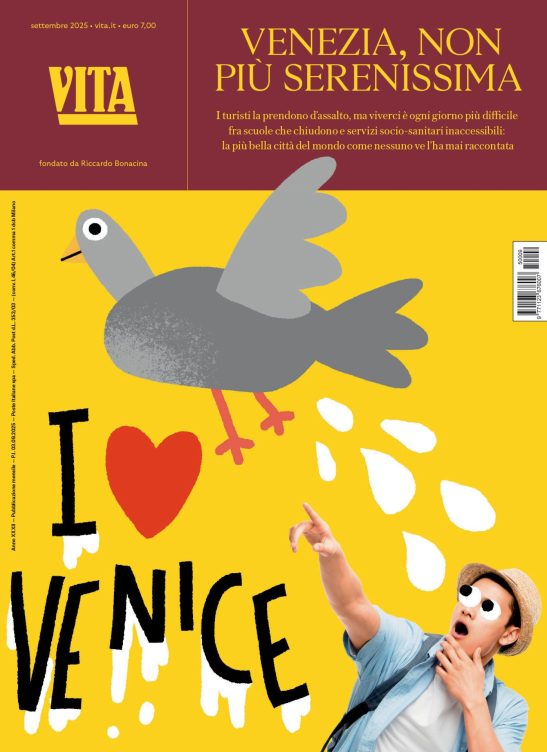Sostenibilità
France: Bordeaux will measure vine’s C02 footprint
Bilan carbone. This is the name of an all French project to measure the impact of wine on global warming. The results will be released in September 2008.
di Staff
The Bordeaux region, one of France's premier wine growing regions, is launching an ambitious project to measure the industry's greenhouse gas emissions to bolster its environmental standards.
The Bordeaux Wine Board (Conseil Interprofessionel des Vins de Bordeaux or CIVB) said it wanted to find out just how much carbon dioxide, one of the main culprits in global warming, it generated. "We know we produce 756 million bottles of wine per year and that 40 percent of that is exported," said Laurent Charlier of the CIVB, who will be working with environmental consultant Jean Marc Jancovici on the project. "This study should give a clear idea of what different methods of production or shipment mean, in terms of environmental cost," he said.
Reducing costs all round
The project, called "Bilan Carbone" in French, will run for the next six months in association with the French Environment Agency (ADEME), and the CIVB says the results will be released in September. Jancovici, who has worked with the French government, France Telecom, Sony, Alcatel and luxury goods company LVMH, was also responsible for a similar project for producers in the Champagne region.
CIVB director, Roland Feredj, said the launch in October last year of France's national environmental action plan was in part responsible for the CIVB initiative but there is a practical side as well. "Everyone is concerned with the costs of (wine) production, so if we can find ways of saving money and reducing carbon emissions, that would be ideal."
Best practices already being encouraged
The aim of the study, which Feredj said would cost about 50,000 euros (70,000 dollars), are to give an overview of all emissions resulting from growing and tending vines, making wine, and bottling, storage and delivery. It will also look at associated activities such as personnel, packaging, vine treatments and waste management.
"We intend to find out the carbon emissions for making different styles of wine," Charlier said. "And at what stages we need to concentrate our efforts to mitigate the emissions." One Bordeaux winemaking family that has already launched a carbon reduction project, planting 10 hectares (25 acres) of sunflowers that will be used to produce fuel for tractors, welcomed the move, but said studying carbon emissions was a challenge.
"We think it's good and we are going to be part of the study group," said Aymeric Fournier for the Despagne Family which owns 300 hectares of vineyards in Bordeaux. "This will give us an overview of the situation but it is a complicated thing to do," he warned. "We started seriously in the spring of 2007 — although we had already planted the sunflowers — to look at our carbon emissions but deciding how far to take each measurement is not easy," Fournier said.
The Australian model
"For example, with any of the products needed for the vineyard we need to ask, how far has this come, how much carbon was emitted in its making? Or take the different cars and different distances that employees drive to work. It is a very detailed calculation," he said. The Despagnes are already using an Australian protocol, developed by Australian wine industry consultant, Provisor, and the Yalumba Wine Company, to to measure their greenhouse gas emissions and compare them with global standards.
"It is quite a piece of work but we are determined to go ahead with it. It helps so much to have this kind of framework. We were a bit stumped as to where to go next before we saw this," Fournier said.
More info:
www2.ademe.fr
Si può usare la Carta docente per abbonarsi a VITA?
Certo che sì! Basta emettere un buono sulla piattaforma del ministero del valore dell’abbonamento che si intende acquistare (1 anno carta + digital a 80€ o 1 anno digital a 60€) e inviarci il codice del buono a abbonamenti@vita.it
